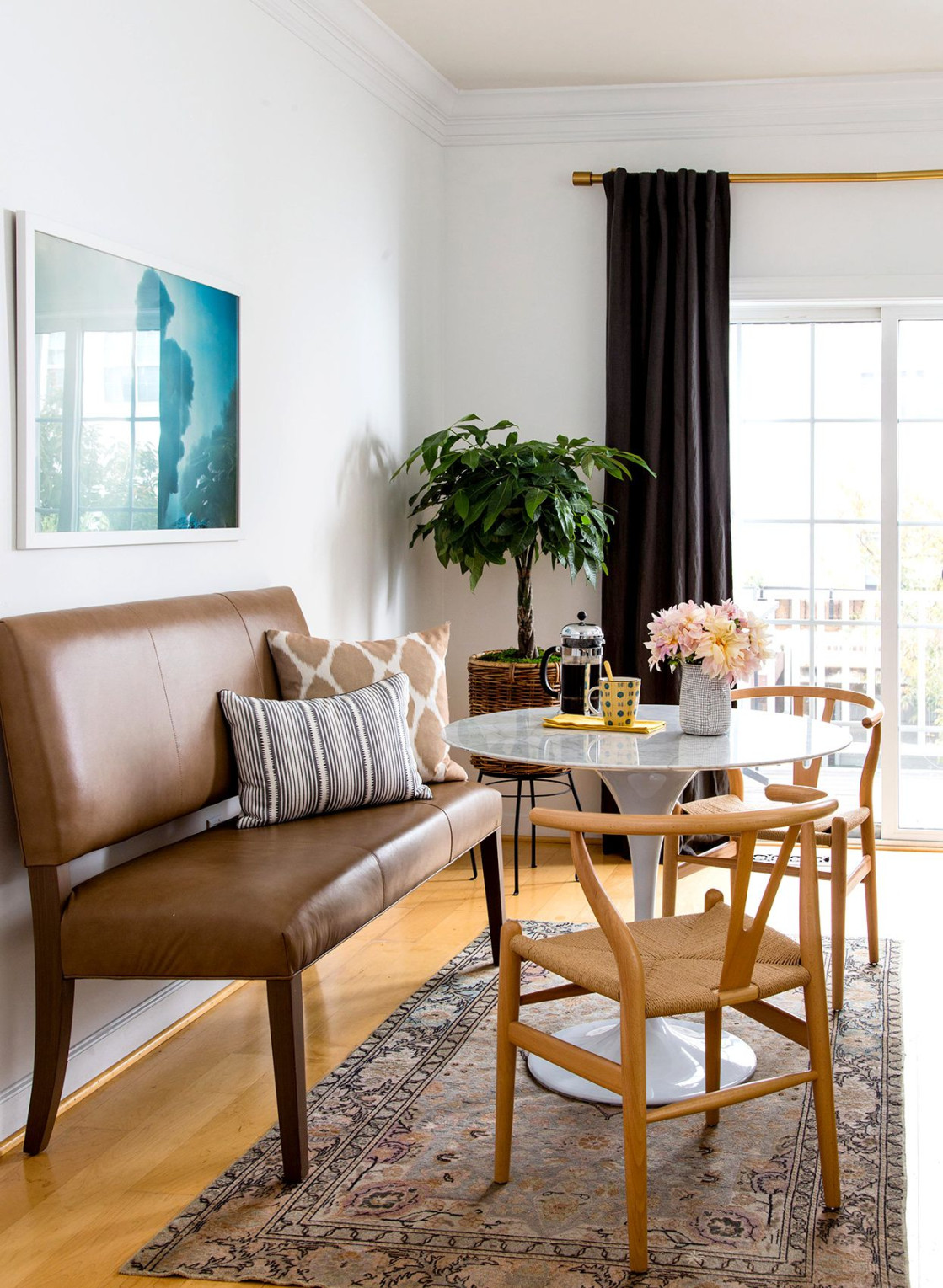Living room Dining Room Combo for Small Spaces: Making the Most of Less
Living in a small space often requires creative solutions to maximize functionality without sacrificing style. One common challenge is incorporating both a living room and dining room into a limited area. Here, we’ll delve into everything you need to know about creating a successful living room dining room combo in a small space.
Defining Zones

The key to a successful combo lies in defining separate zones for living and dining. This can be achieved through various methods:
Furniture placement: Position your sofa with its back to the dining table to create a natural division. You can also use a console table behind the sofa for additional separation.
Space-Saving Furniture
When it comes to furniture, prioritize pieces that serve multiple purposes. Here are some clever space-saving options:
Convertible furniture: Invest in a futon that doubles as a sofa and guest bed. Ottomans with storage compartments can serve as extra seating and provide much-needed storage.
Smart Storage Solutions
Storage is crucial in a small combo space. Utilize vertical space with wall-mounted shelves, cabinets, or floating shelves. Consider furniture with built-in storage, such as ottomans with compartments or benches with hidden storage underneath.
Decorating Tips
While maximizing functionality is important, don’t forget about aesthetics! Here are some decorating tips for your combo space:
Light and airy: Keep the color palette light and bright to create a feeling of spaciousness.
Conclusion
Living room dining room combos in small spaces can be stylish and functional with a little planning and creativity. By defining zones, selecting space-saving furniture, utilizing smart storage solutions, and incorporating clever decorating tricks, you can create a comfortable and inviting space that caters to all your living needs.
FAQs
There’s no one-size-fits-all answer, but a table with a diameter of 42-48 inches is a good starting point for small spaces. Consider a drop-leaf table for added flexibility.
You can achieve a sense of privacy with room dividers such as folding screens, bookshelves, or even sheer curtains.
Layered lighting is key. Use overhead lighting for general illumination, and incorporate task lighting (like pendant lights over the dining table) and accent lighting (like lamps) to create a warm and inviting atmosphere.
Declutter regularly and employ smart storage solutions. Opt for furniture with built-in storage and utilize vertical space with wall shelves.
Shop at thrift stores or flea markets for unique furniture pieces. Utilize throw pillows and rugs to add pops of color and personality. Employ DIY projects to personalize your space without breaking the bank.



